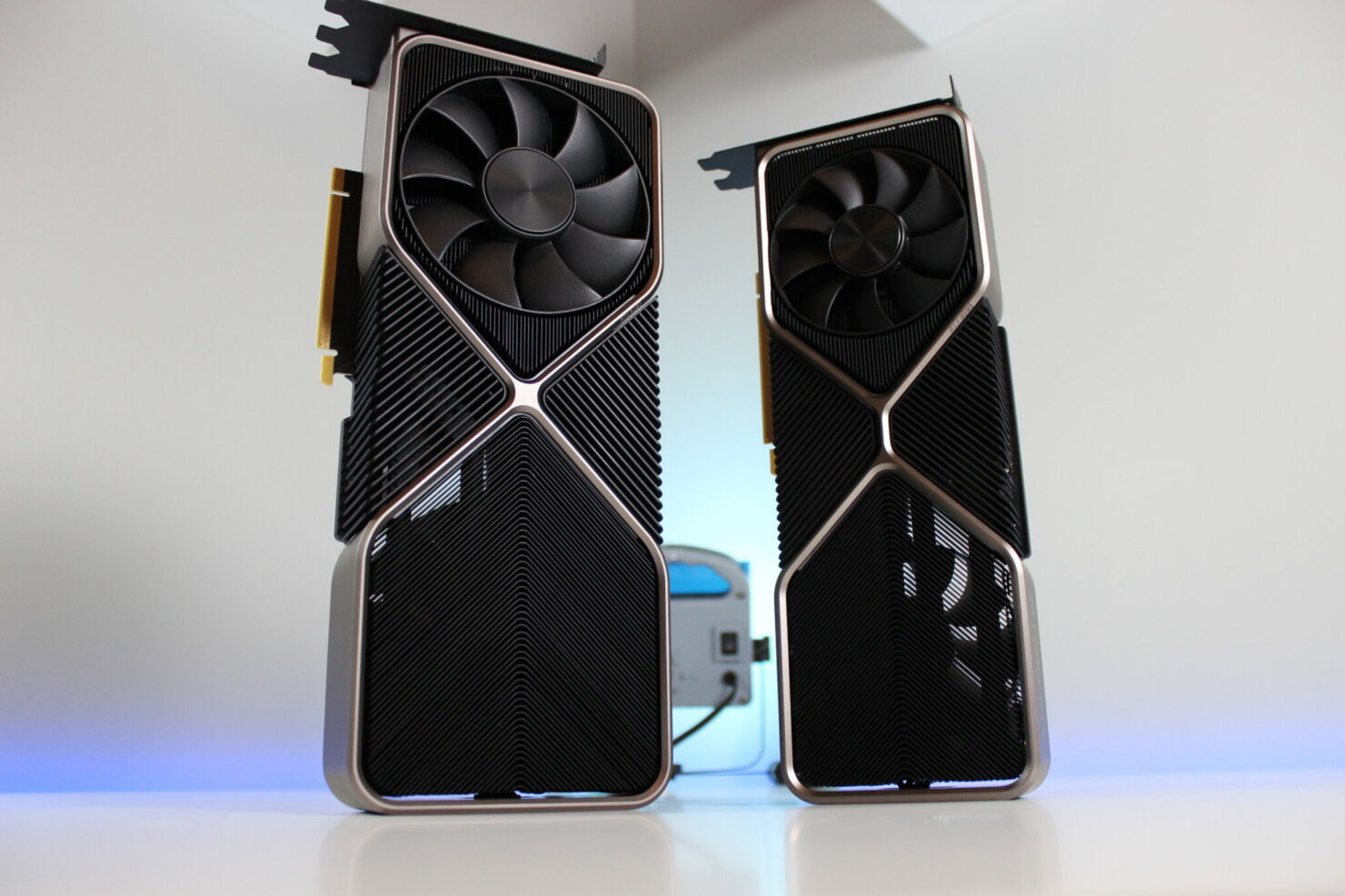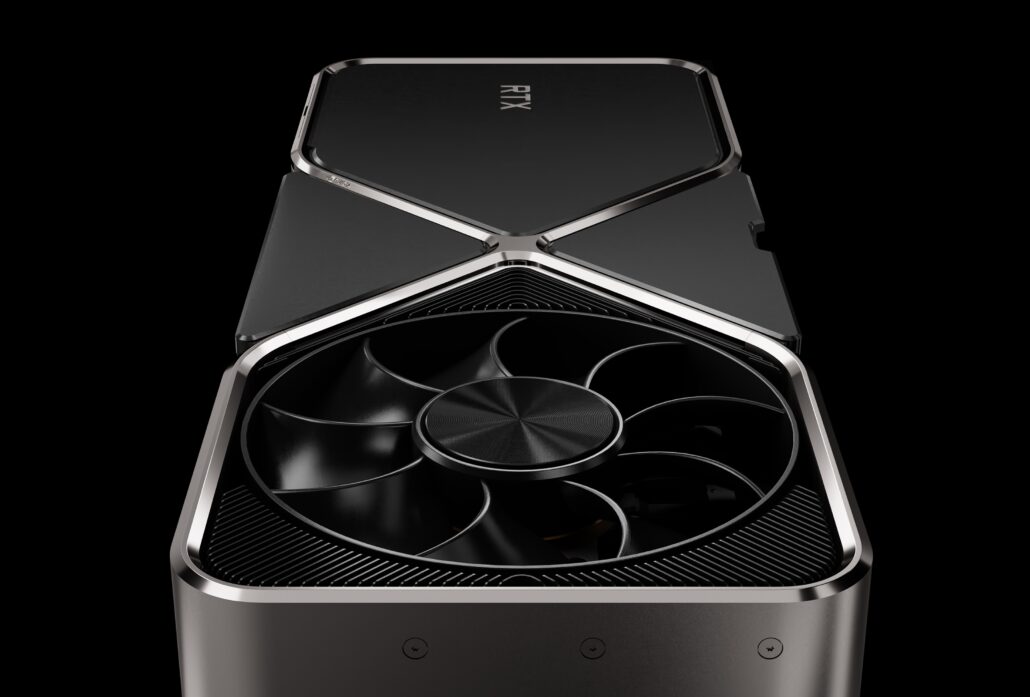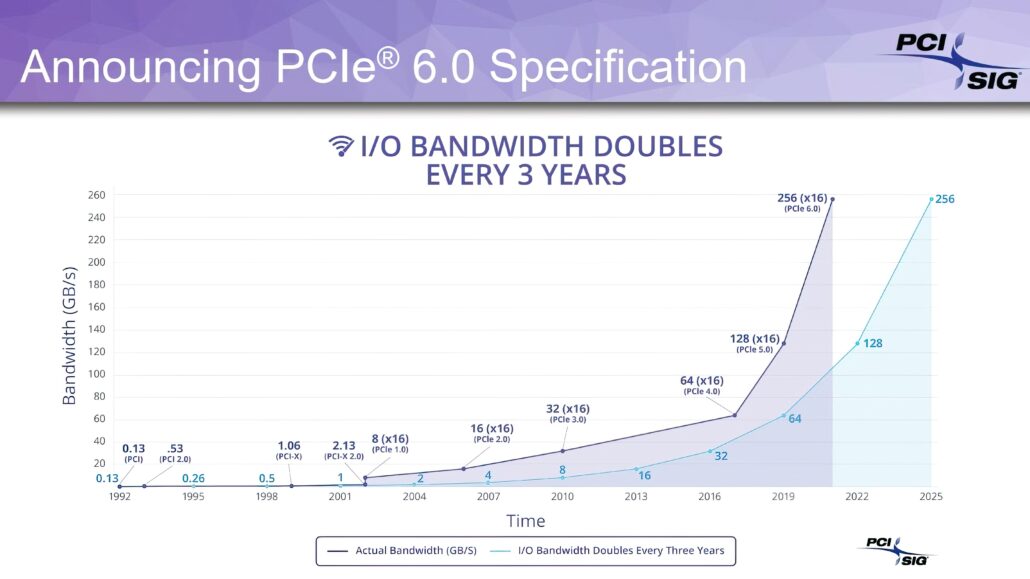
NVIDIA’s GeForce RTX 40-series graphics cards are based on the Ada Lovelace GPU architecture and are expected to retain their existing PCIe Gen 4.0 compliance. Kopite7kimi.
NVIDIA GeForce RTX 40 ‘AD102 GPU’ graphics card maintains PCIe Gen 4.0 compliance
NVIDIA will launch GeForce RTX 40-series graphics cards based on the new Ada Lovelace GPU architecture later this year. Specs and specific specs for the graphics card lineup have already leaked, but the design of the graphics card itself is a more interesting aspect.
PCIe Gen4
— kopite7kimi (@kopite7kimi) April 24, 2022
So far, we know that the NVIDIA GeForce RTX 40-series graphics cards will feature the new ATX 3.0 compatible 12PVHPWR 16-pin connector, allowing up to 600W of power draw via the new PCIe Gen 5 power connector interface. The GeForce RTX 3090 Ti graphics card is already equipped with this power connector and currently provides up to 450W of power via three 8-pin adapters. But there is another aspect that can be fully PCIe Gen 5.0 compliant, and that is the interface connector itself.

Currently, modern graphics cards communicate with the CPU via the PCIe Gen 4.0 protocol. The PCIe Gen 4.0 protocol allows 64 GB/s total bandwidth and 32 GB/s bidirectional bandwidth. But the latest platforms from Intel and AMD support the new PCIe Gen 5.0 interface protocol. This new standard allows up to 128 GB/s total bandwidth and 64 GB/s bidirectional bandwidth. This would effectively double the bandwidth, but it doesn’t look like the upcoming graphics cards, or at least the high-end GeForce RTX 40 cards based on the AD102 GPU, will have the PCIe Gen 5.0 interface yet.
According to a tweet from Kopite7kimi, the upcoming GeForce RTX 40 lineup will retain the PCIe Gen 4.0 protocol, a bold move by NVIDIA to not jump into the next-gen standard even in the HPC segment where their Hopper GPUs will be was one of the first to use the new protocol. Now, it makes sense for the HPC lineup to have it, since servers require a lot of bandwidth, and the Gen 5.0 protocol will help those environments. For consumers, the bandwidth of the PCIe Gen 5.0 interface is too large, and current GPUs have not fully reached the level of the PCIe Gen 4.0 interface.

Having PCIe Gen 4.0 now bodes well for the entry-level lineup, if they’re equipped with lower lanes, there’s no need to worry about bottlenecks, as the Radeon RX 6500 and RX 6400 series end up getting when they switch to the Gen 3 standard Lower than required graphics bandwidth, resulting in lower performance than PCIe Gen 4.0 compliant standards. If the high-end lineup isn’t starving to Gen 4.0 standards, the low-end lineup is nowhere near the max threshold. As of now, we can’t say for sure if NVIDIA will actually keep PCIe Gen 4.0 on its upcoming RTX 40-series cards, but that could change as marketing really likes the PCIe Gen 5.0 logo for new cards .
In addition to supporting PCIe Gen 5.0 and PCIe Gen 4.0, NVIDIA appears to be making major changes to the way its CUDA cores are arranged in the Ada Lovelace architecture. The GeForce RTX 40-series GPUs will be more than just Ampere’s simple CUDA core bumps, and will likely include a bunch of new mixed-precision cores that haven’t been detailed yet. The lineup is still a few months away from launch, so a lot could change, but we’ll make sure to keep you up to date.
NVIDIA CUDA GPU (rumored) Preliminary:
| graphics processor | TU102 | GA102 | AD102 |
|---|---|---|---|
| Flagship SKUs | RTX 2080 Titanium | RTX 3090 Titanium | RTX 4090? |
| architecture | Turing | ampere | Ada Lovelace |
| process | TSMC 12nm NFF | Samsung 8nm | TSMC 5nm |
| Die size | 754mm2 | 628mm2 | ~600mm2 |
| Graphics Processing Cluster (GPC) | 6 | 7 | 12 |
| Texture Processing Cluster (TPC) | 36 | 42 | 72 |
| Streaming Multiprocessor (SM) | 72 | 84 | 144 |
| CUDA core | 4608 | 10752 | 18432 |
| L2 cache | 6MB | 6MB | 96MB |
| Theoretical TFLOP | 16 TFLOPs | 40 TFLOPs | ~90 TFLOPs? |
| memory type | GDDR6 | GDDR6X | GDDR6X |
| Memory Capacity | 11 GB (2080 Titanium) | 24 GB (3090 Titanium) | 24 GB (4090?) |
| memory speed | 14Gbps | 21Gbps | 24 Gbps? |
| memory bandwidth | 616 GB/sec | 1.008 GB/sec | 1152 GB/sec? |
| memory bus | 384 bit | 384 bit | 384 bit |
| PCIe interface | PCIe Gen 3.0 | PCIe Gen 4.0 | PCIe Gen 4.0 |
| Three Gorges Project | 250W | 350W | 600W? |
| freed | September 2018 | September 20 | 2H 2022 (to be determined) |
News source: Videocardz










